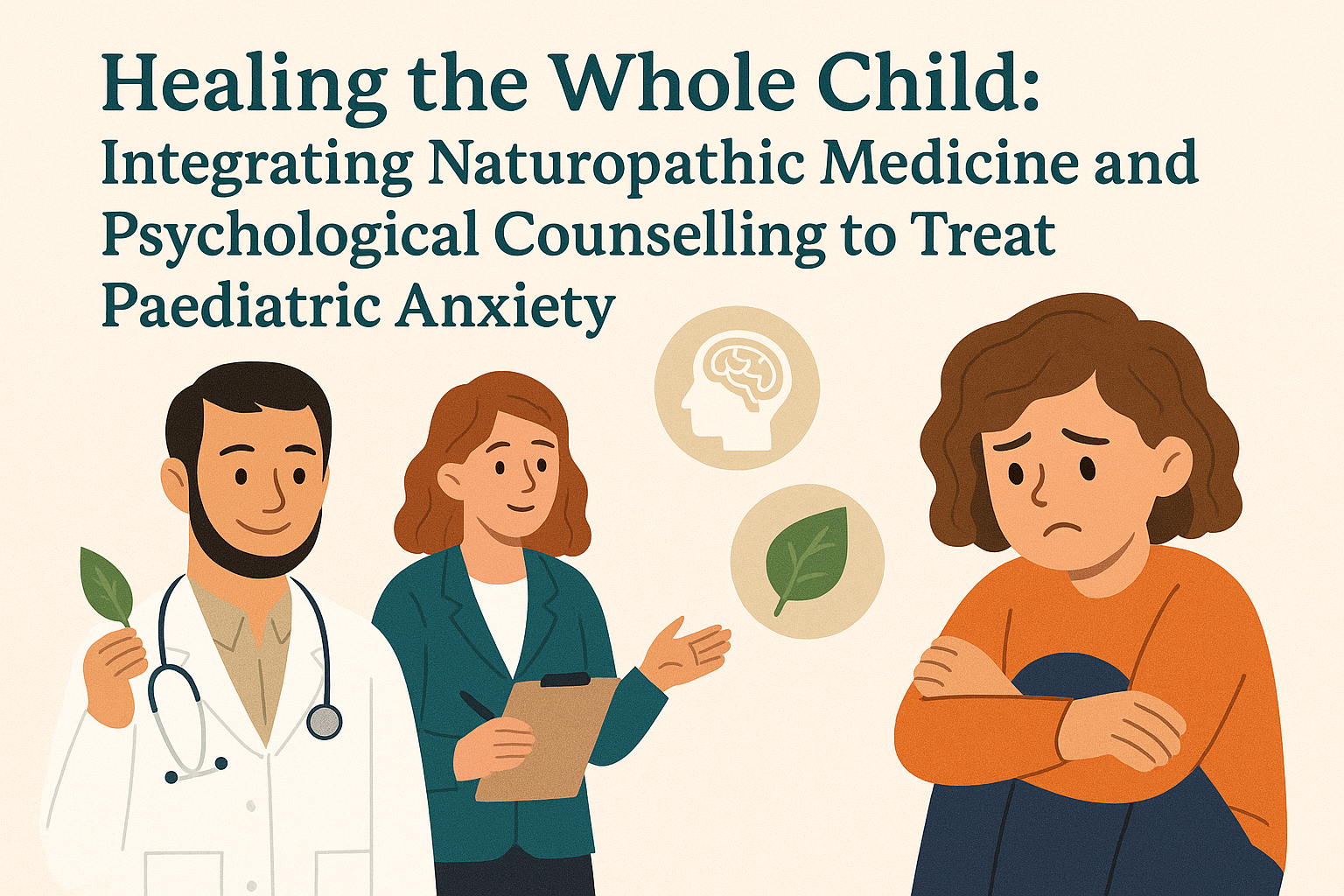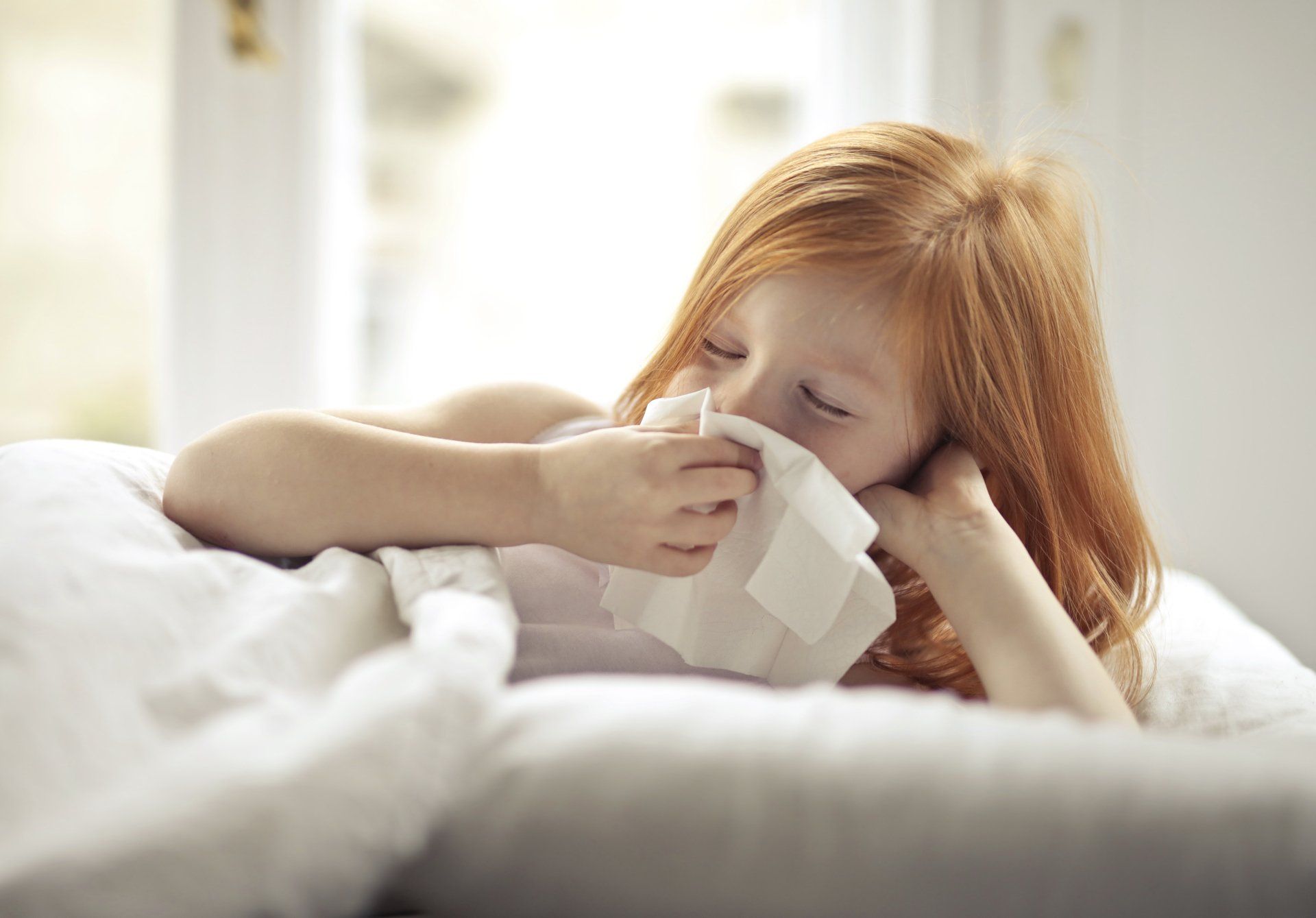Stay Bite-Free: A Complete Guide to Bug Repellents with DEET, Picaridin, and Natural Alternatives
Introduction: The Great Outdoors vs. Pesky Bugs
Enjoying the great outdoors comes with a unique set of challenges, one of which is dealing with insects. Whether you’re hiking, camping, or simply enjoying a backyard barbecue, bugs are often unwelcome guests. For outdoor enthusiasts, eco-friendly consumers, and families alike, choosing the right bug repellent is crucial for a bite-free experience. In this blog post, we will dive deep into the world of bug repellents, exploring the effectiveness and safety of DEET, Picaridin, and natural alternatives. By the end of this guide, you'll be equipped with the knowledge to make an informed decision for your next adventure.
The Importance of Bug Repellents
Insect bites are more than just an itchy annoyance; they can also pose serious health risks. Mosquitoes, ticks, and other biting insects are known carriers of diseases such as West Nile virus, Lyme disease, and Zika virus. Effective bug repellents are essential in protecting you and your loved ones from these potential threats. In addition to personal protection, understanding the different types of repellents and their impact on the environment can help you make a responsible choice.
DEET: The Gold Standard of Bug Repellents
What is DEET?
DEET, or N,N-Diethyl-meta-toluamide, has been the go-to insect repellent since its development by the U.S. Army in 1946. It’s widely used due to its effectiveness across a broad spectrum of biting insects, including mosquitoes, ticks, and flies.
How Does DEET Work?
DEET works by interfering with the neurons and receptors on an insect's antennae and mouthparts, making it difficult for them to locate humans or animals. It’s not a killer but rather a deterrent, forming an invisible barrier that bugs find unappealing.
Safety and Efficacy of DEET
DEET is known for its long-lasting protection, with some formulations providing up to 12 hours of defence. When used as directed, DEET is generally safe for adults and children over two months old. However, it’s crucial to follow usage instructions to avoid potential skin irritation and other side effects. For instance, applying DEET to clothing rather than directly on the skin can minimize risks.
Picaridin: A Modern Alternative to DEET
What is Picaridin?
Picaridin, also known as KBR 3023, is a synthetic compound developed in the 1980s. It is relatively new compared to DEET but has gained popularity for its efficacy and lower odour profile.
How Does Picaridin Work?
Like DEET, Picaridin works by masking the scent that attracts insects to humans. It effectively repels mosquitoes, ticks, and flies, providing a reliable shield against bites.
Safety and Efficacy of Picaridin
Picaridin is often praised for being less greasy and more pleasant to apply than DEET. It offers comparable protection, with formulations lasting up to 8-10 hours. Picaridin is considered safe for use on adults and children over two months old. Additionally, it is less likely to irritate the skin and is safe for use on synthetic clothing and gear, making it a favourite among outdoor enthusiasts.
Natural Alternatives: Eco-Friendly Bug Repellents
Essential Oils: Nature’s Defence
Essential oils such as eucalyptus, citronella, and lemongrass have been used for centuries as natural insect repellents. These oils contain compounds that bugs find offensive, making them a popular choice for those seeking a chemical-free option.
How Effective are Natural Repellents?
While natural repellents can be effective, they generally offer shorter protection times compared to DEET and Picaridin. Essential oils may require frequent reapplication, especially in heavily infested areas. However, they are a great option for short-term exposure and for individuals with sensitive skin or chemical sensitivities.
Popular Natural Products
Several commercial products harness the power of essential oils. For example, sprays containing lemon eucalyptus oil have been shown to provide up to 6 hours of protection against mosquitoes. Other popular natural repellents include products with ingredients like cedarwood, peppermint, and geranium oils.
Comparing DEET, Picaridin, and Natural Alternatives
Duration of Protection
When it comes to longevity, DEET remains the champion, offering up to 12 hours of protection. Picaridin follows closely with 8-10 hours, while natural repellents typically require reapplication every 2-4 hours.
Skin Sensitivity and Safety
For those with sensitive skin or concerns about chemical exposure, natural repellents are the gentlest option. Picaridin is less likely to cause skin irritation compared to DEET, making it a better choice for sensitive individuals, including children.
Environmental Impact
Natural repellents are the most environmentally friendly, as they break down quickly and have minimal impact on wildlife. DEET and Picaridin, while effective, can persist in the environment and potentially affect aquatic ecosystems. Choosing a repellent that aligns with your environmental values is an important consideration.
Practical Tips for Using Bug Repellents
Application Guidelines
Proper application of bug repellents is crucial for their effectiveness. Always follow the instructions on the product label. Apply repellent to exposed skin and clothing, avoiding cuts, wounds, and sensitive areas like the eyes and mouth. For children, apply the repellent to your hands first, then spread it on their skin.
Combining Sunscreen and Repellent
When using both sunscreen and insect repellent, apply the sunscreen first and allow it to absorb before applying the repellent. This ensures that both products work effectively without compromising their protective abilities.
Storage and Disposal
Store repellents in a cool, dry place away from direct sunlight. Dispose of empty containers according to local regulations, and never pour unused repellent down the drain to prevent environmental contamination.
The Role of Clothing in Bug Protection
Insect-Repellent Clothing
Insect-repellent clothing is treated with permethrin, a synthetic insecticide that repels and kills insects on contact. These garments can be a valuable addition to your bug-fighting arsenal, especially for prolonged outdoor activities.
Choosing the Right Fabrics
Light-coloured, tightly woven fabrics are less attractive to bugs and can provide an extra layer of protection. Long sleeves, pants, and hats are essential for minimizing exposed skin.
DIY Clothing Treatments
If you prefer to treat your own clothing, permethrin sprays are available for home use. Follow the instructions carefully to ensure even coverage and effectiveness.
The Future of Bug Repellents
Innovations in Repellent Technology
Research into new and improved bug repellents continues to advance. Scientists are exploring novel compounds and delivery systems, such as wearable devices and spatial repellents, to enhance protection and convenience.
Eco-Friendly Advances
As consumer demand for eco-friendly products grows, companies are investing in sustainable and biodegradable repellent formulations. These innovations aim to provide effective protection without harming the environment.
Personalization and Customization
Emerging technologies may soon allow for personalized repellent solutions tailored to individual needs and preferences. Imagine a repellent specifically formulated for your unique skin chemistry and activity level!
Common Myths about Bug Repellents
Myth: Natural Repellents are Always Safe
While natural repellents are generally safer, some essential oils can cause allergic reactions or skin irritation. Always patch-test new products and consult with a healthcare professional if you have concerns.
Myth: High Concentrations of DEET are Dangerous
Concentrations of DEET above 30% do not significantly increase protection time but may increase the risk of skin irritation. Using a lower concentration and reapplying as needed is a safer approach.
Myth: All Bugs are Repelled by the Same Products
Different insects respond to different repellents. For example, DEET is highly effective against mosquitoes but may not be as effective against ticks. Understanding the specific threats in your area can help you choose the most appropriate repellent.
Conclusion: Choose Wisely for a Bite-Free Experience
In the battle against biting insects, the right repellent can make all the difference. Whether you opt for the proven power of DEET, the modern advantages of Picaridin, or the eco-friendly appeal of natural alternatives, understanding your options is essential. By considering factors such as duration of protection, skin sensitivity, and environmental impact, you can make an informed decision that suits your needs and values. So gear up, step outside, and enjoy the great outdoors without the worry of pesky bites. Here's to a bite-free adventure!









